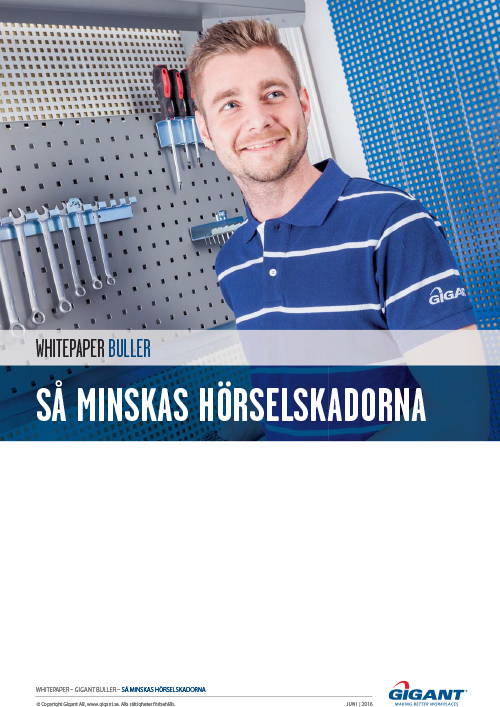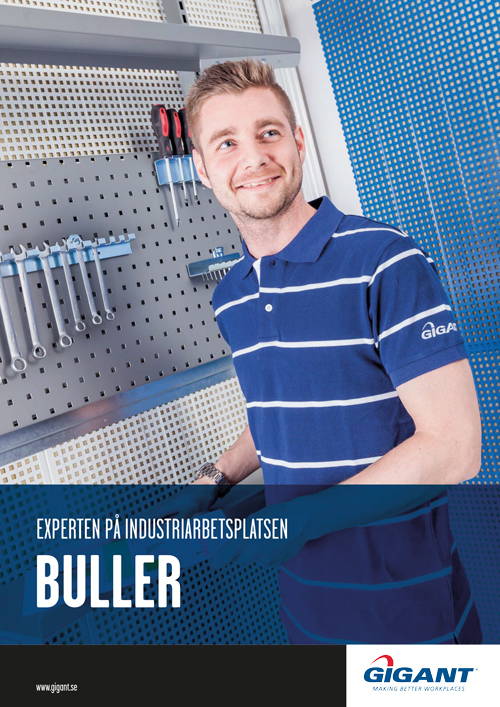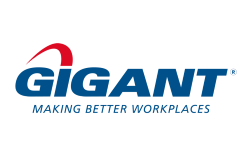
BULLER
a widespread work environment problem
Did you know that more than just high noise levels count as noise? Noise is defined by the Swedish Work Environment Authority as any unwanted sound in the workplace. A whirring machine, whirring ventilation and chattering colleagues don't add up to a spike on the decibel meter, but they do contribute to a poor sound environment that affects staff performance and well-being in the long run. The harmful effects of noise depend on both the decibel level and the duration of exposure.
Reduced noise - positive for performance
Different forms of noise cause a wide range of health problems, from hearing loss to tinnitus and sound hypersensitivity. Noisy environments also lead to poorer work performance, stress, fatigue and irritation. This is largely due to the fact that communication between employees is impaired by the high noise levels. They cannot hear each other, leading to more mistakes but also unnecessary risks and accidents.
Noise is a problem that affects both individual workers and the whole organization, but there is much to be gained by reducing noise. Workplaces that tackle noise not only reduce sick leave, but also work more efficiently, make fewer errors and communicate better.
Part of the health and safety responsibility
As an employer, you have a responsibility for the working environment and should work systematically towards a healthy sound environment. To find a good level for your workplace, there are several factors to consider - and several possible solutions. The calculations include the type of work, the layout of the workplace and the fact that different people have different sensitivities to noise. Gigant guides you through the problem to an approved solution.
How can you improve noise levels in your workplace?
A well-grounded approach
To find the best possible solution, we work according to the Gigant model - a proprietary method in three steps; analysis, solution and deployment. In step one, we identify the most obvious problems and needs in your workplace. In step two, we develop the solutions that best optimize your noise problems, and in step three this is deployed and followed up.
Using the Gigant model, we ensure that you get the solution that suits you best and helps you reduce sick leave and become more profitable.
Noise - Downloadable resources
Want to get started on reducing noise in your workplace? We have put together a set of valuable tips on how to go about it. Download one of our resources to find out more.





